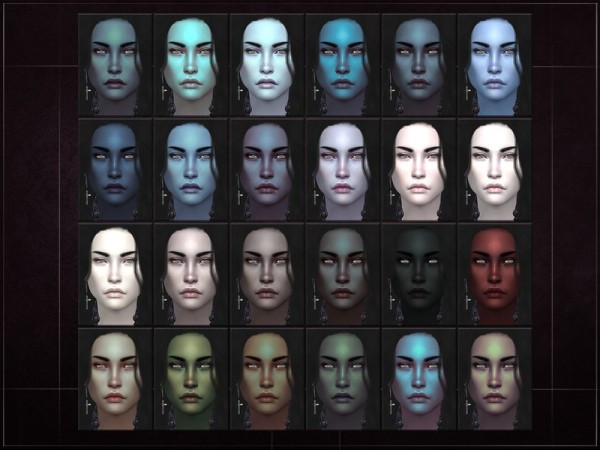

But what is represented in the media, the medium we all consume in gargantuan amounts each day, deeply affects the self-esteem, self-image, and self-love of people of color for the rest of their lives. How can a child, dark-skinned and unaware of their own rich loveliness, look at a Sim meant to represent them and feel seen, feel beautiful, when the darkest skin tone available to themĪppears as ashy and translucent as poorly painted cellophane? People of color stare at the rows of skin tones available to them and, finding none that really represent them, subconsciously swallow a difficult fact: that the companies people of color financially support still don’t give half a damn enough about representation to get it right the first time.


The Sims, and any other video game that allows a person to create a character in their own image, can be likened unto the baby doll section of a toy store. To undo hundreds of years of self-hate is no small feat. Currently, movements to include black and brown people in the beauty narrative is not simply a sign of changing times but also a necessity. These ideals are deeply ingrained in people of color. That rich, dark skin is not a marker of beauty but of savagery. The world at large teaches people of color that there is “good” and “bad” hair.


 0 kommentar(er)
0 kommentar(er)
